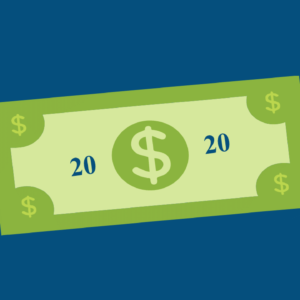Automation Cultivates a Smarter Conversation About Cash: A Look at Dollars in the Next Decade
Each year marks change. Each decade marks even more.
As we wave goodbye to the 2010 decade and enter that of 2020, its time to start changing the way we talk about cash.
2010 introduced a new era of digital technology. Amongst these tech innovations were various digital payments options.
Apple Pay launched in 2014. In 2012, Venmo caught the attention of payment pioneer PayPal. In 2017, Chase teamed with Zelle to make real-time payments a reality through QuickPay.
These digital payment platforms further diversified consumer payment methods. But, back office automation also added variance to this vied-for payment option by impacting the way we manage cash.
A product of this decade’s Fourth Industrial Revolution, automation adds value to various spaces, including back office operations.

Its influence on how we manage cash is one of its most notable achievements. By essentially digitizing cash, automation allows consumers access to cash because it improves how businesses manage it.
A traditionally cumbersome method of payment for businesses to manage, automation makes the management of cash simple.
Back office automation optimizes cash operations for retail, casino, hospitality, museum, grocery, restaurant, etc. It allows these and other verticals to easily accept cash from consumers who prefer to pay with it.
Employing automation in back office cash operations essentially recycles cash by leveraging biometric-based robotics and cloud-based reconciliation. This facilitates auto-reconciliation against the POS/PMS system, same-day reporting, and provisional credit.
Automating cash operations, creates a win-win scenario for both business and consumer. It’s a significant benefit propelled by the Fourth Industrial Revolution.
Yet, despite automated cash management’s relevance and remedial potential, throughout this past decade, most media outlets covered cash within the ever-growing payment landscape as the tender that pins business against consumer.
The untold story on automation as antidote for both stakeholders, business and consumer, not only provides a unique angle on the issue, but one that is truly valuable. With governments deciding whether to ban cashlessness, businesses brainstorming how to remain competitive in an increasingly digital world, and consumers, particularly the 22% that are unbanked or underbanked, recognizing the pain points that would cascade from pulling cash as a payment method, automation is a key consideration.
In 2020, let’s talk more about the untold story – automation as the answer to business and consumer needs. Digitizing cash, not going cashless, is the future. Cash is not an outdated payment method. It’s a traditional payment method that benefits from the digitally managing it.

